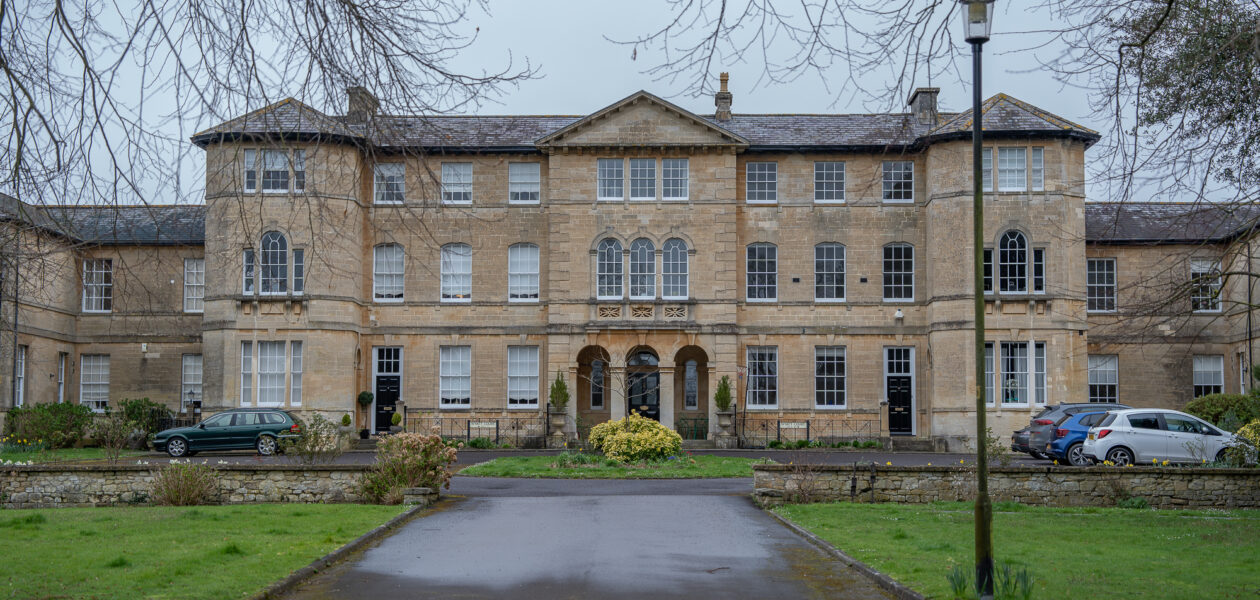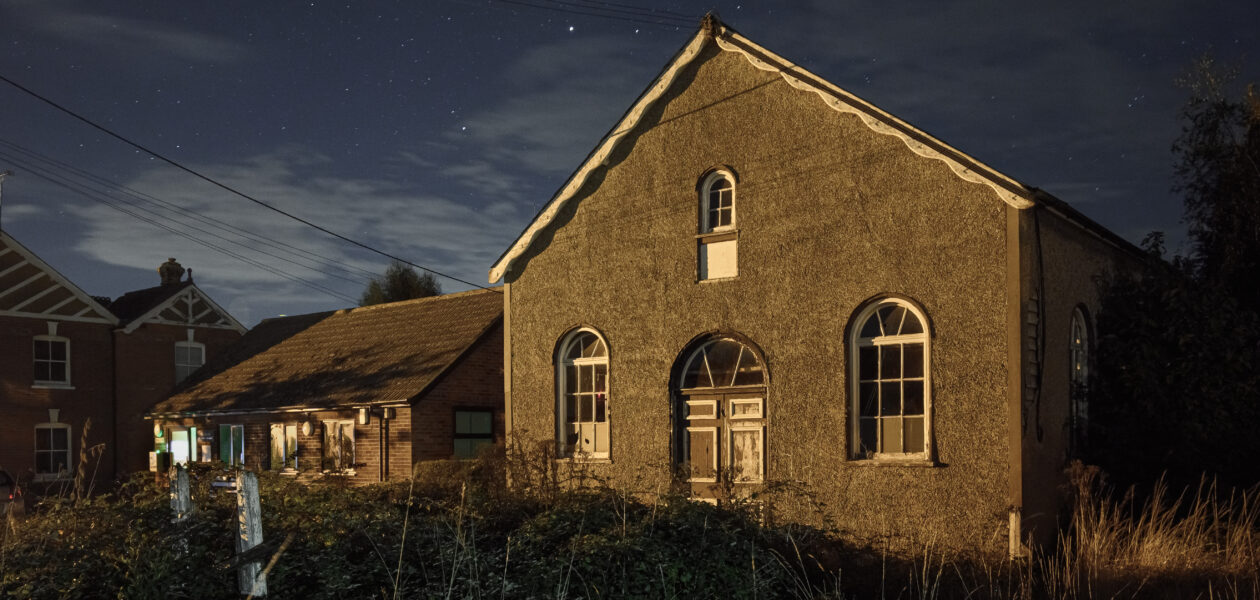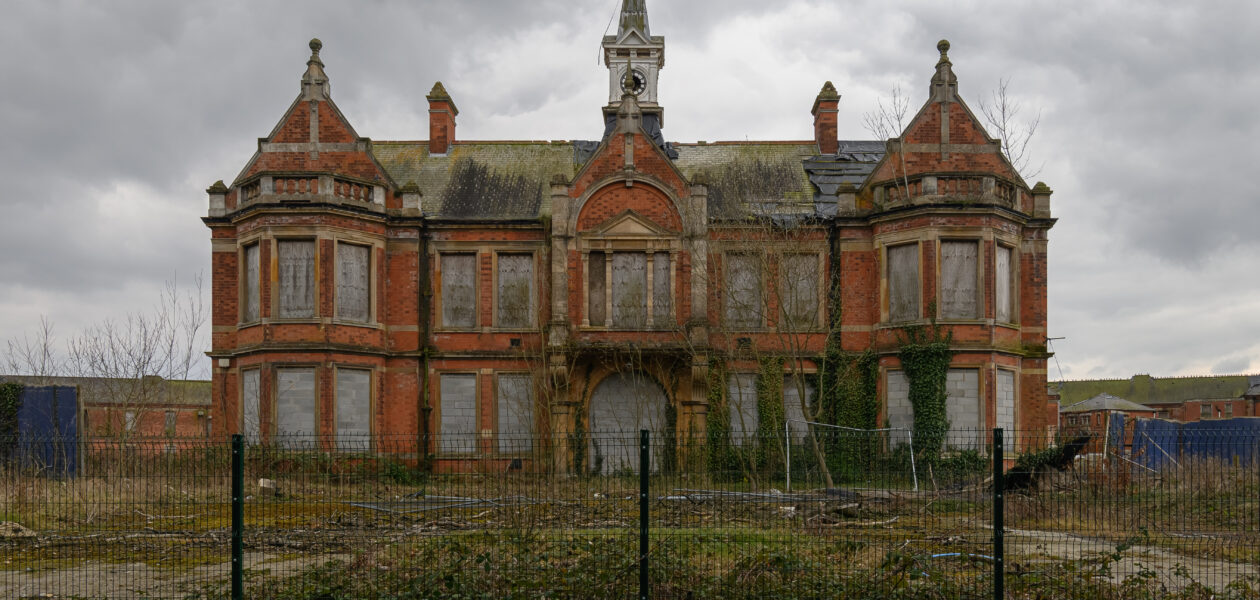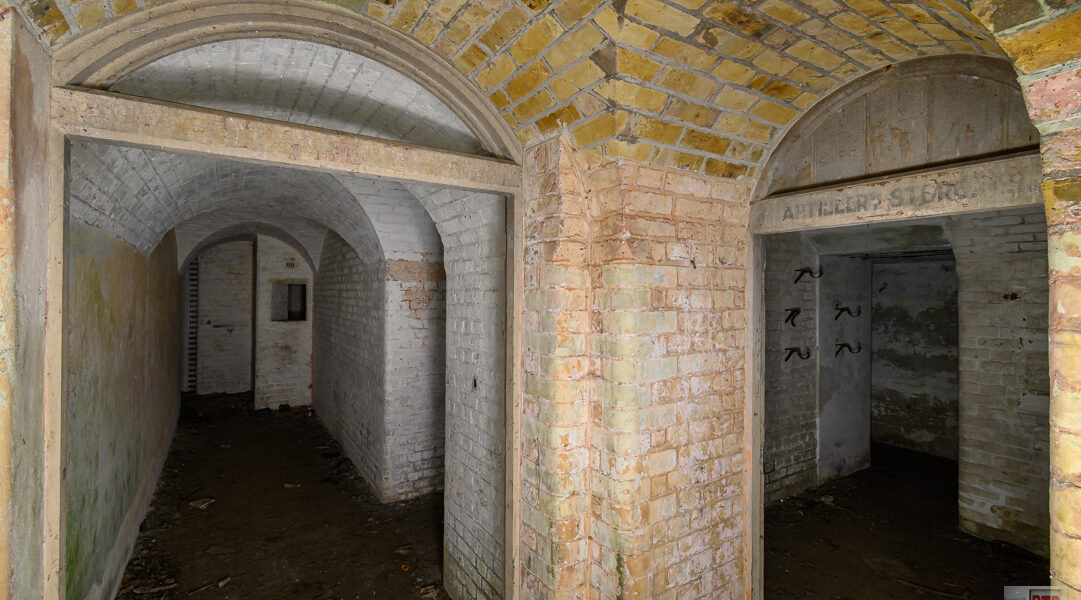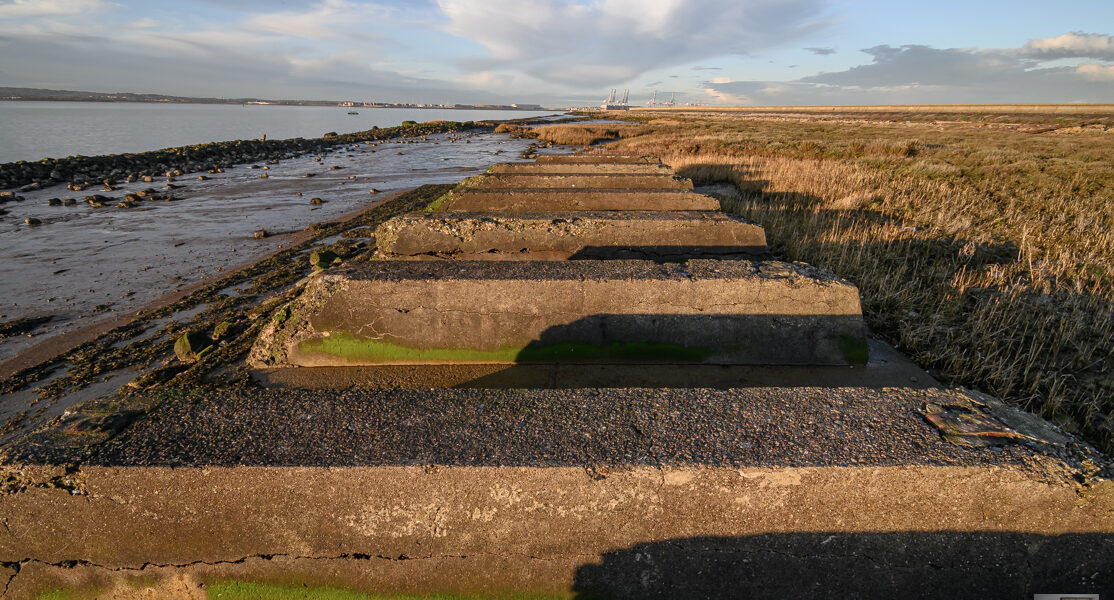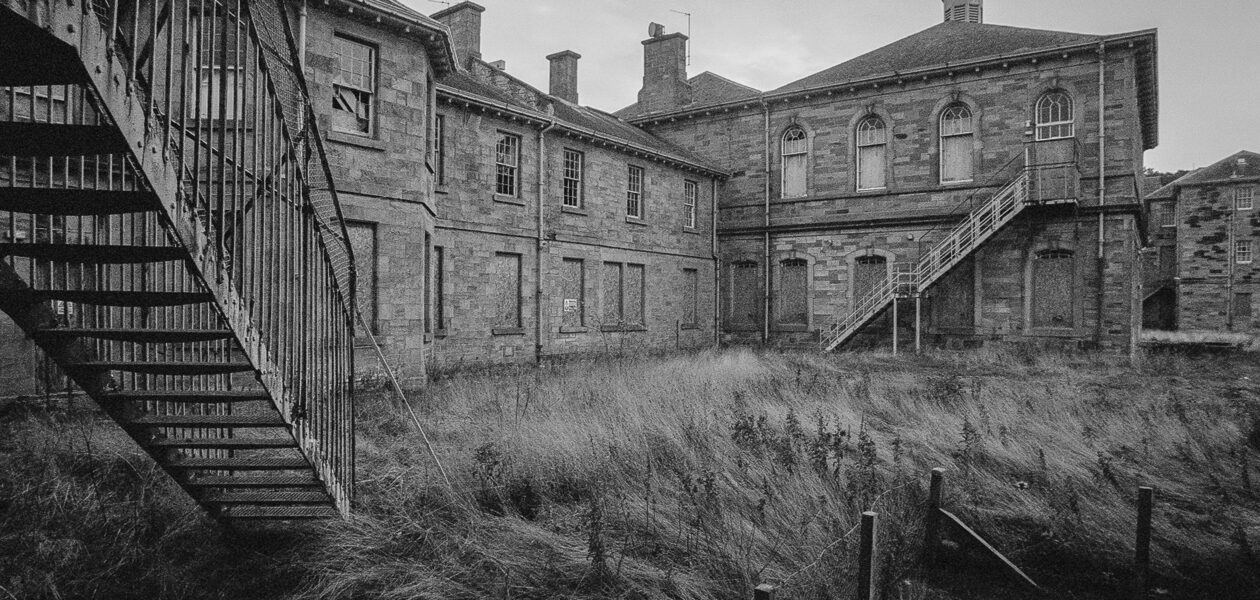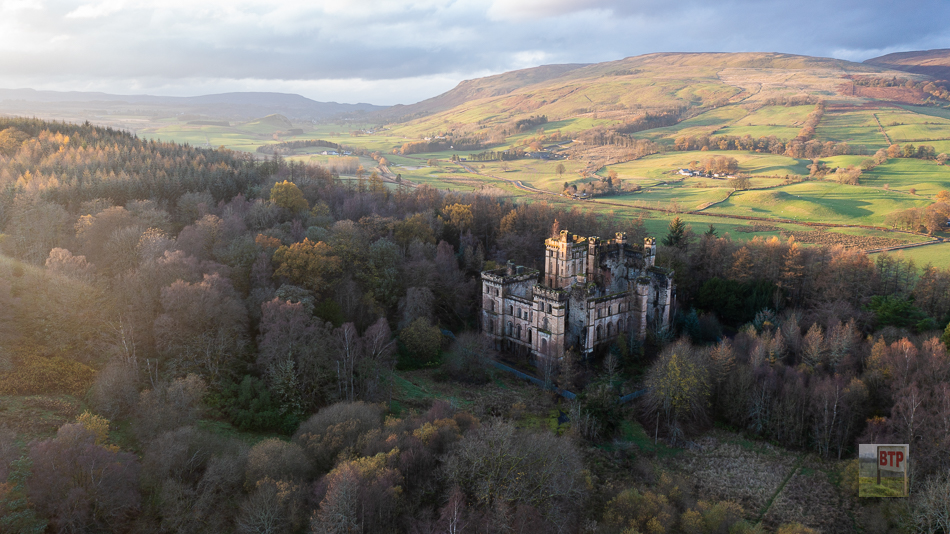Roundway Hospital
Roundway Hospital dates back to the 1840’s when a committee of Justices approved plans for an asylum in Wiltshire. Forty-eight acres of land was purchased and architect Thomas Henry Wyatt was brought in to design the asylum, who went for an Italianate style. Stone for the buildings was mined locally and slate for the roof…
View More
